The ghost town of Calico
Throughout America, dozens of abandoned cities are scattered, known as Ghost Towns.
Most of them were established during the Gold Rush era and left behind after the demand for precious metals declined. These events took place over 100 years ago, so the ghost towns have permanently preserved the essence of the American Wild West within them.
One of such towns is Calico, located in California, along the way from Las Vegas to Los Angeles.
The welcoming sign “CALICO,” a prototype of the Hollywood letters, greets tourists.
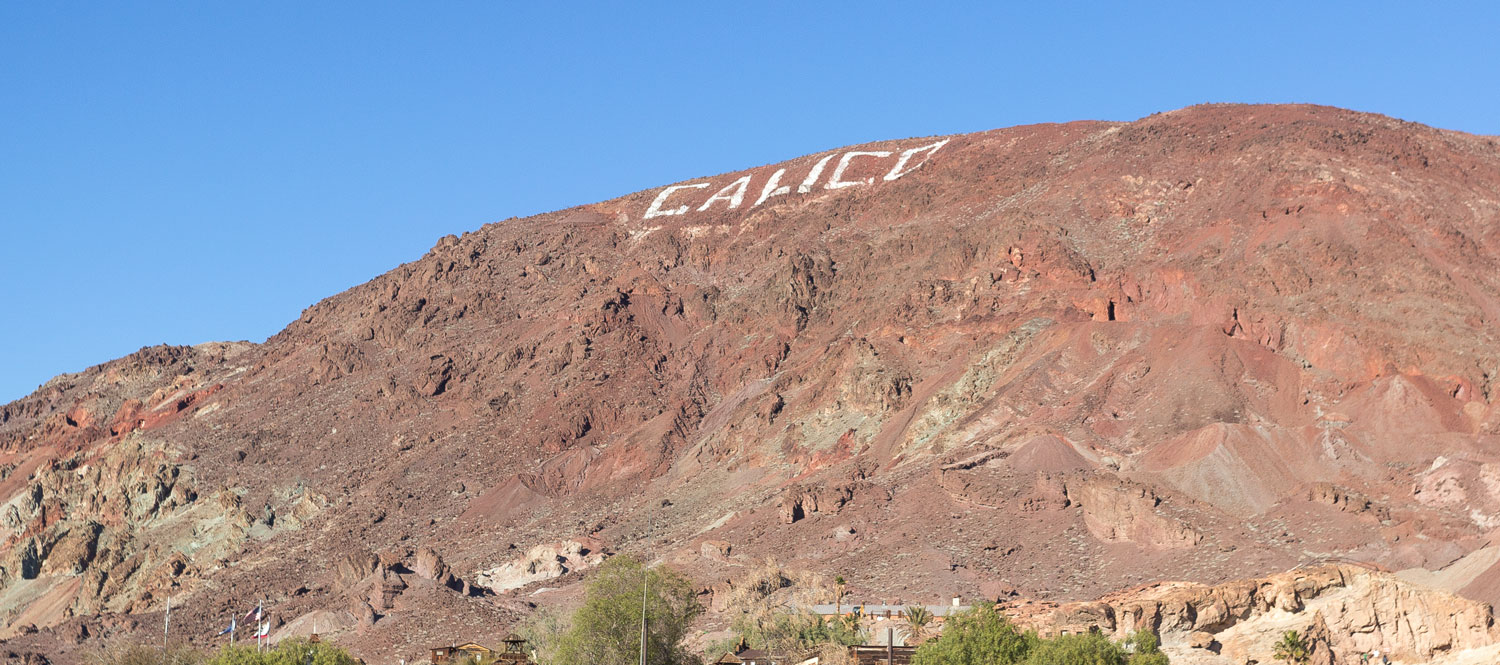
Calico was founded in 1881 when a silver deposit was discovered in the nearby mountains. Within a few years, Calico grew into the largest city for silver mining. The town had around five hundred silver mines.
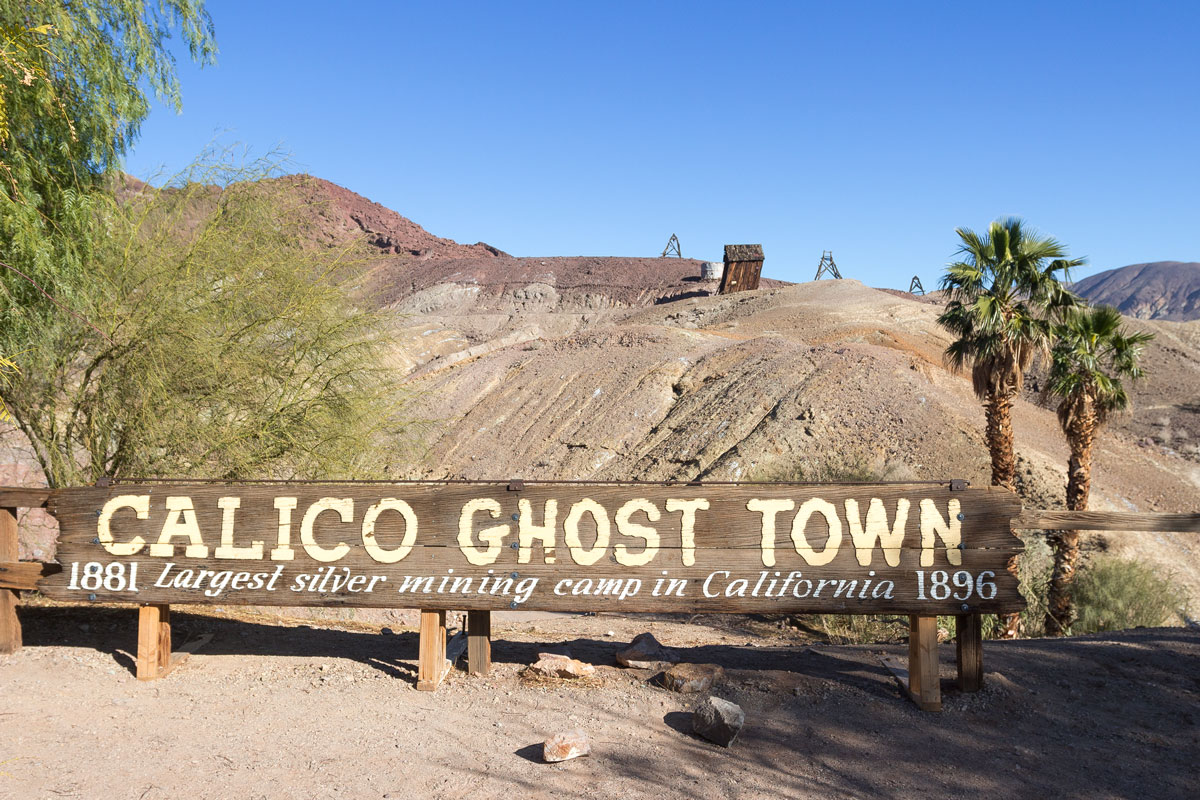
Thanks to the silver, the town experienced rapid development. During its peak years, Calico had three hotels in operation.
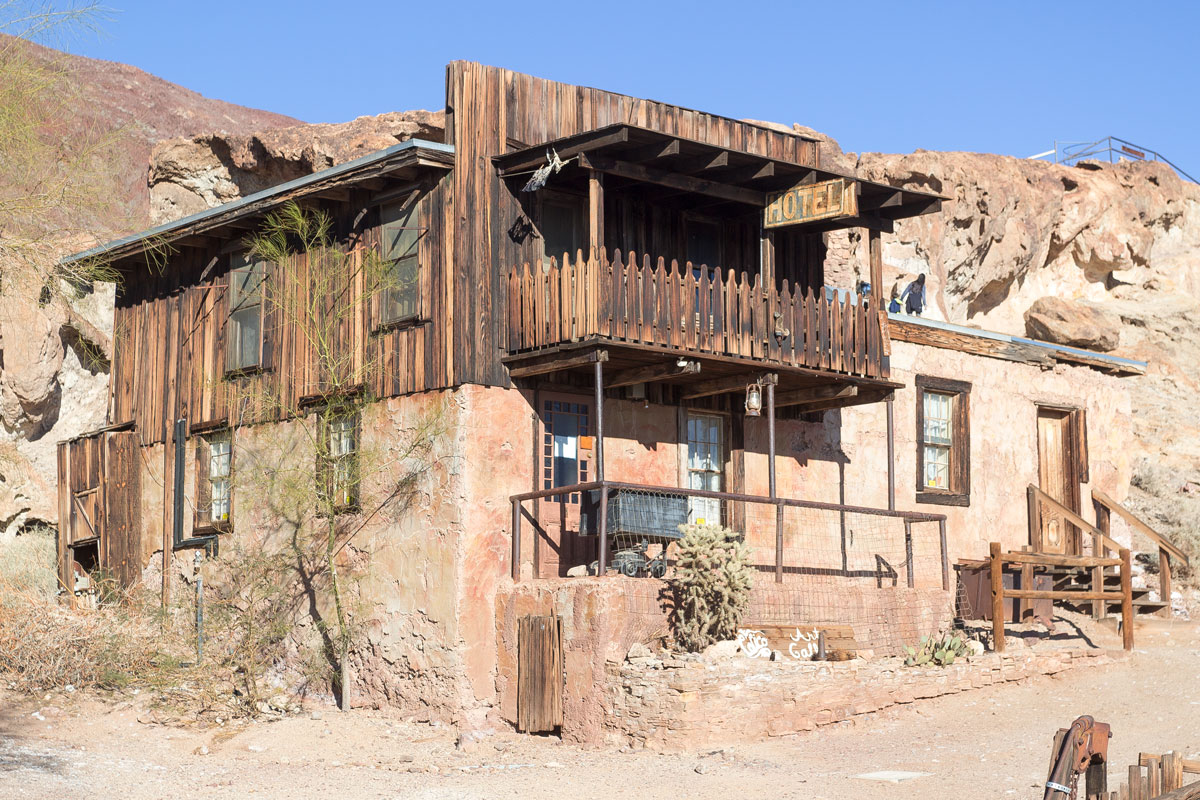
In the Wild West, General Stores were popular — similar to Russian selpo or department stores — where essential goods were sold: bread, milk, and other food items, tools and parts like hammers and light bulbs, as well as various household items such as teapots, plates, towels, and soap.
Calico had a total of five such stores.
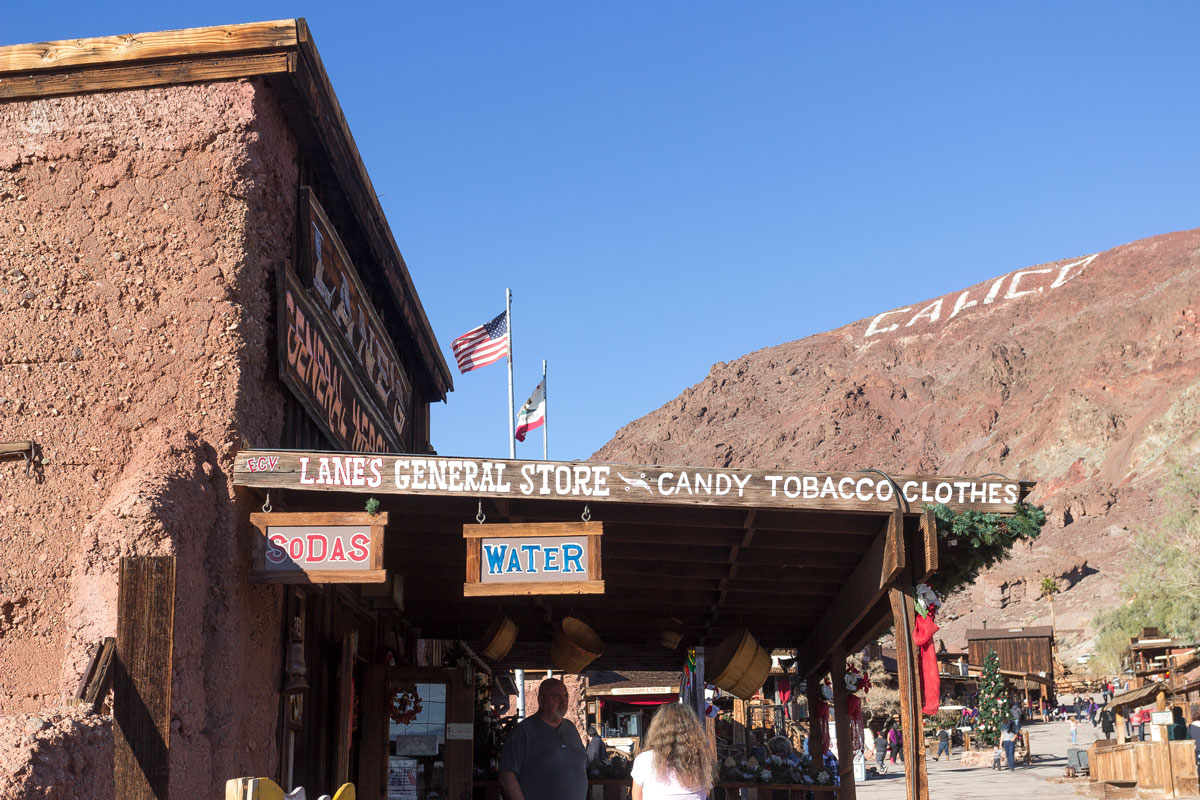
There were also restaurants in the town.
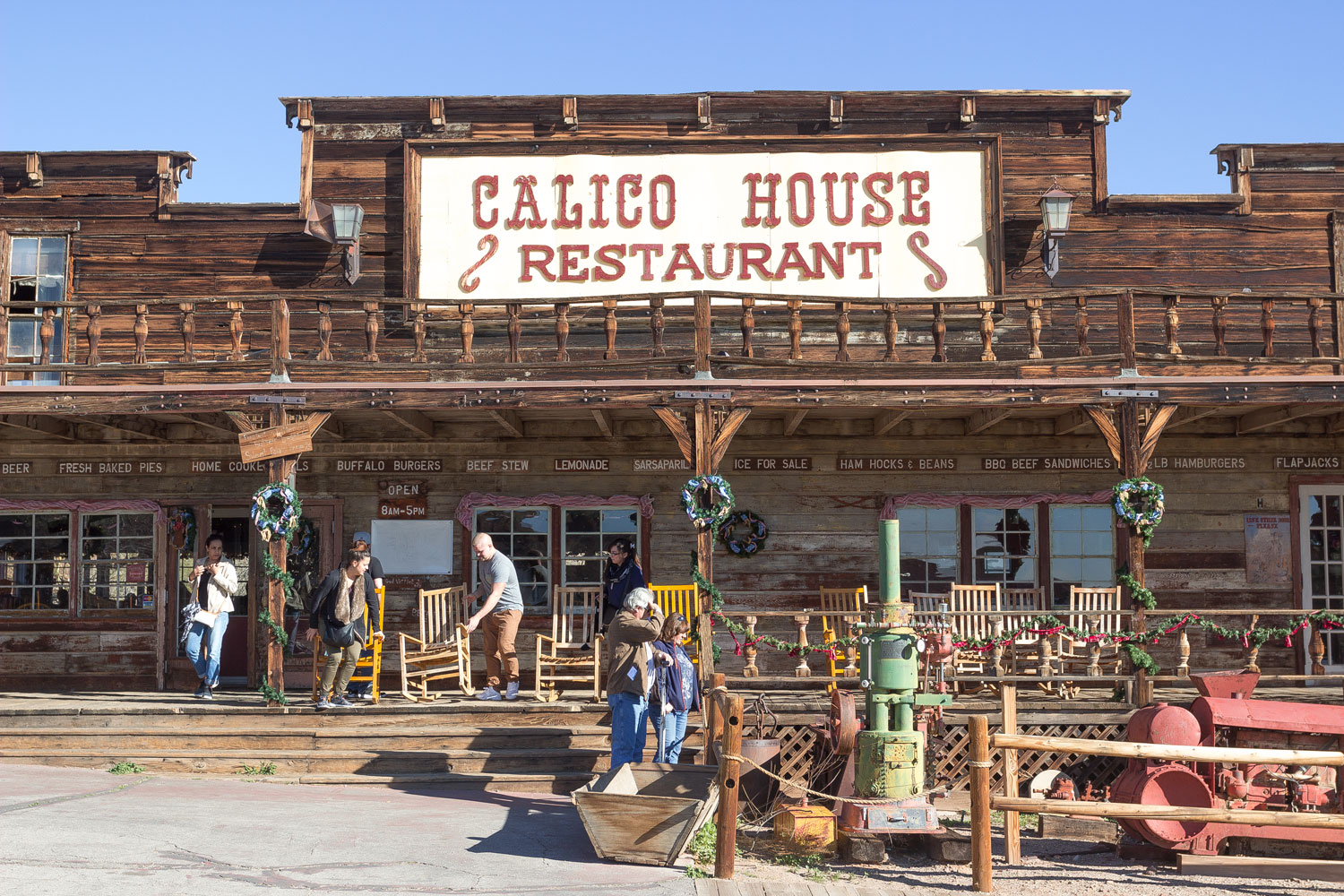
During its peak, the population of Calico reached 3,500 people. However, then the US authorities enacted the Sherman Silver Purchase Act, which allowed the government to buy silver at a significantly reduced price. This caused inflation, enabling miners to pay off their debts but also devaluing silver in the process.
Since then, Calico began to decline. First, the post office closed, followed by the school and hotels. Eventually, by the beginning of the 21st century, Calico had become a ghost town, despite being at the peak of its development just 10 years prior.
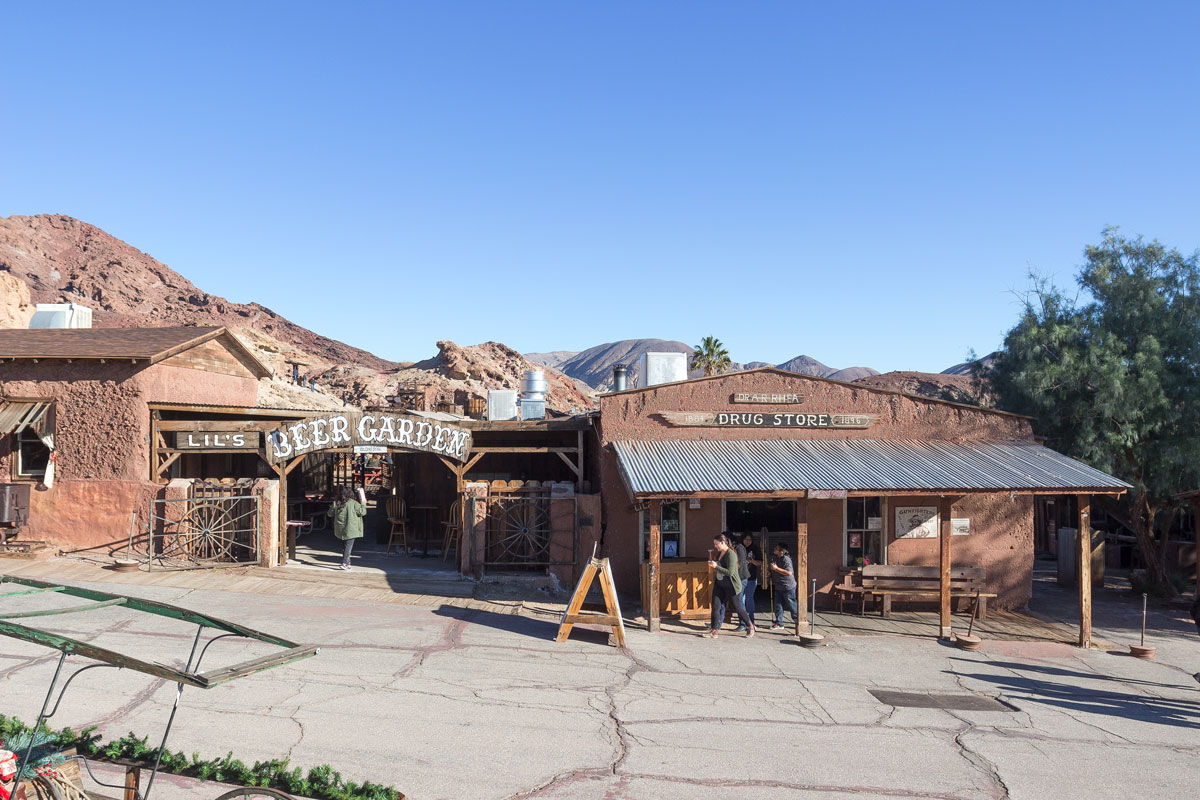
Since then, there have been several attempts to restore the town, and ultimately in 1950, it was purchased by entrepreneur Walter Knott. It was he who transformed the ghost town into a tourist attraction.

Most of the buildings in the town have been restored based on historical photographs. In Calico today, everything resembles the silver rush era, but it appears too clean.
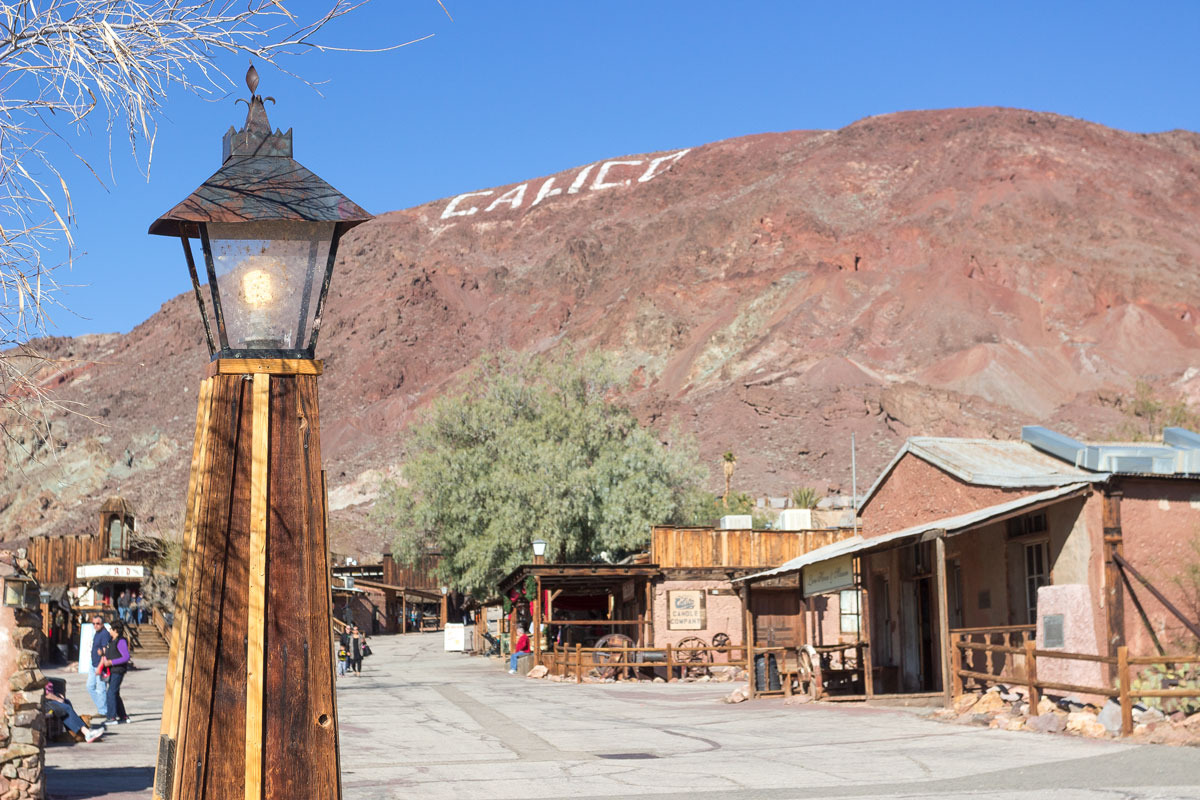
It is great to wander around Calico wearing a cowboy hat. The decorations are truly excellent, with nearly all the details — fonts, signs, wagon wheels, chairs — either authentic from centuries ago or meticulously restored.
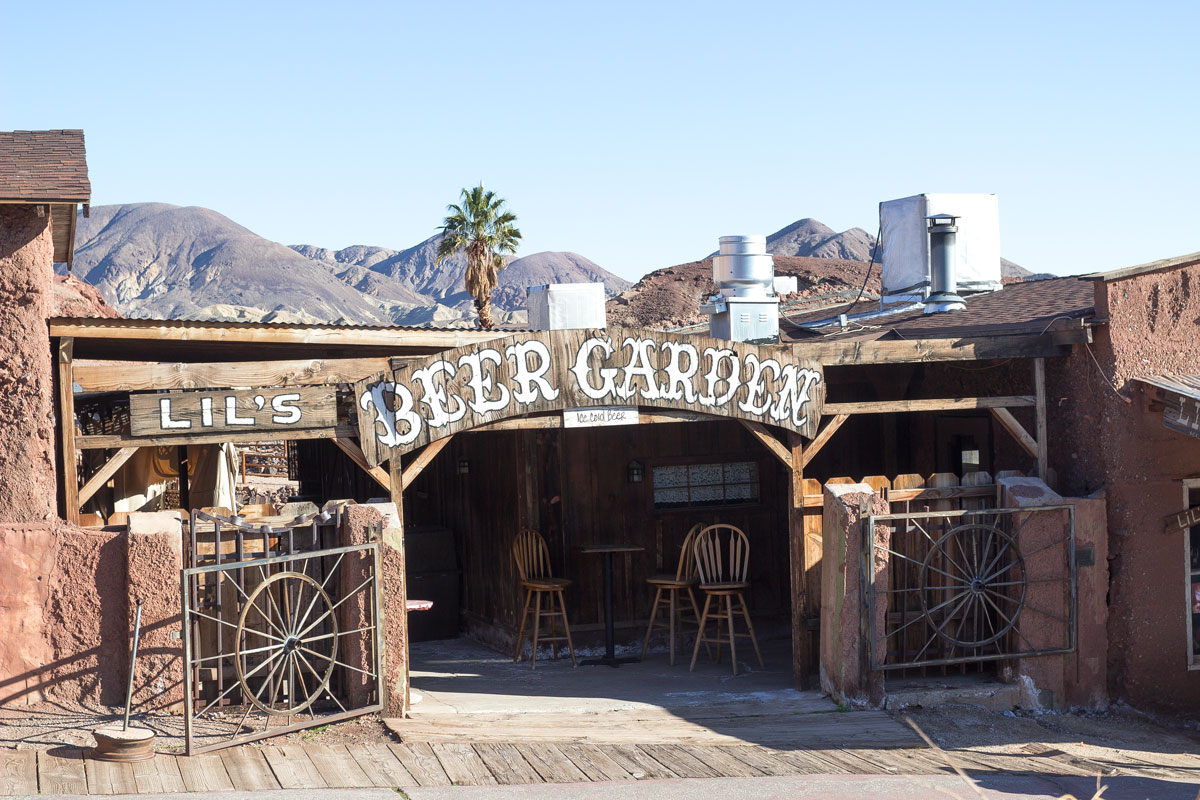
The town street.
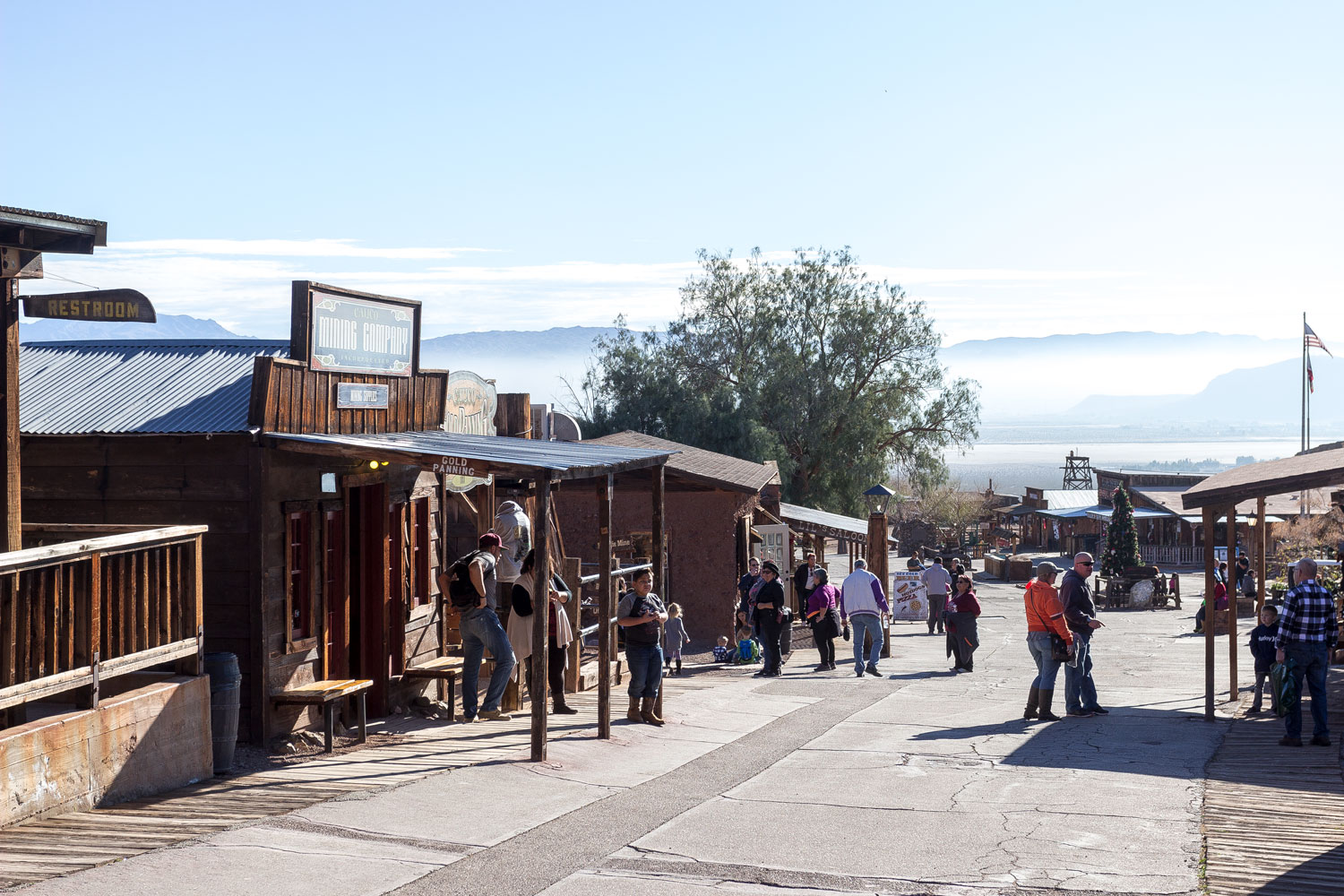

The furniture store.
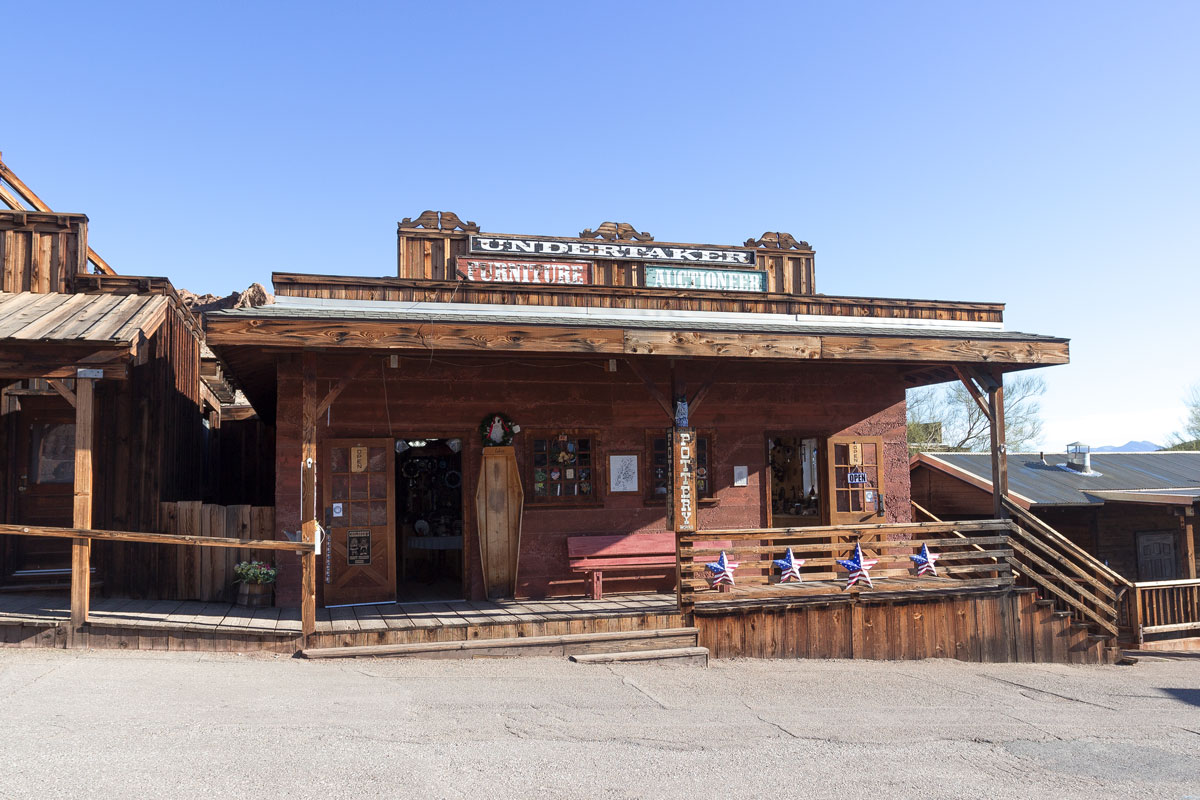
The leather goods store. Here they sell high-quality leather vests and jackets. The sheriff’s sleeveless jacket is made from several dozen leather patches sewn together with white thread. It feels and weighs like a sheet of paper — such high-quality clothing is rarely custom-made nowadays.
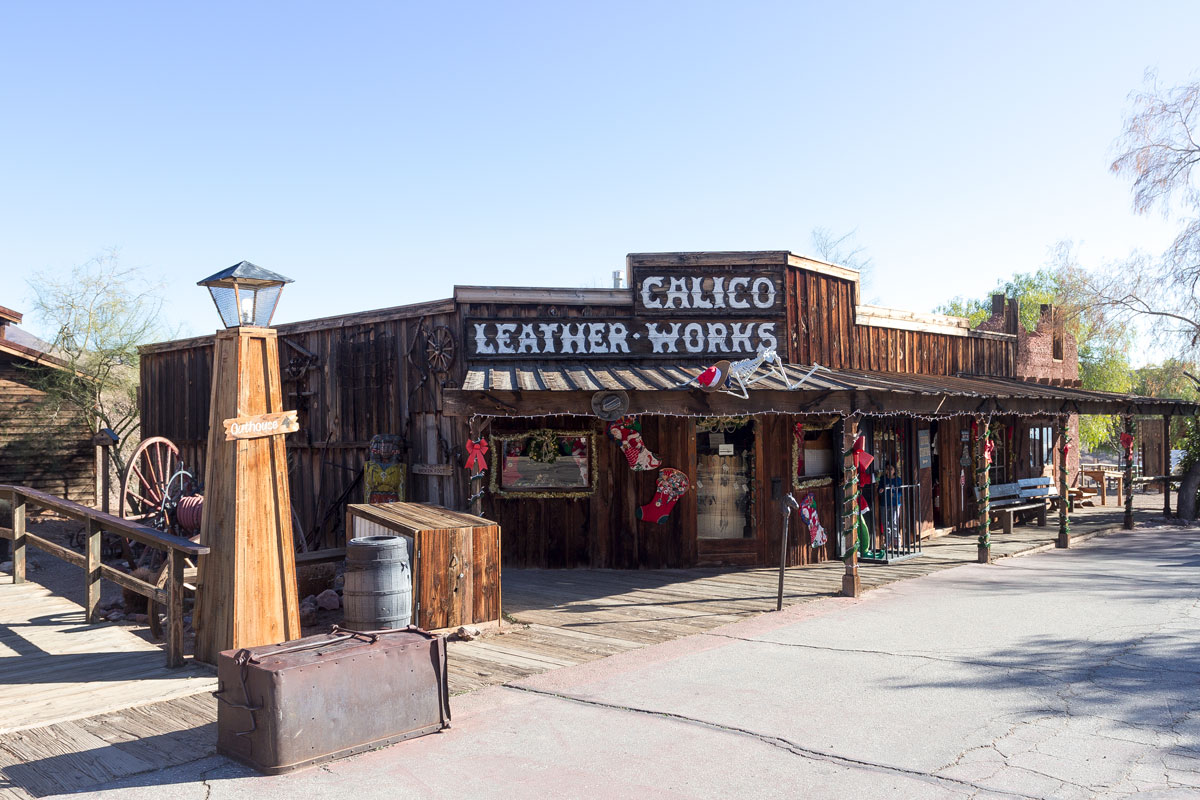
The General Store sells a bunch of antique junk, like 100-year-old replicas of Dr. Pepper bottles. Of course, all of it is replicas.
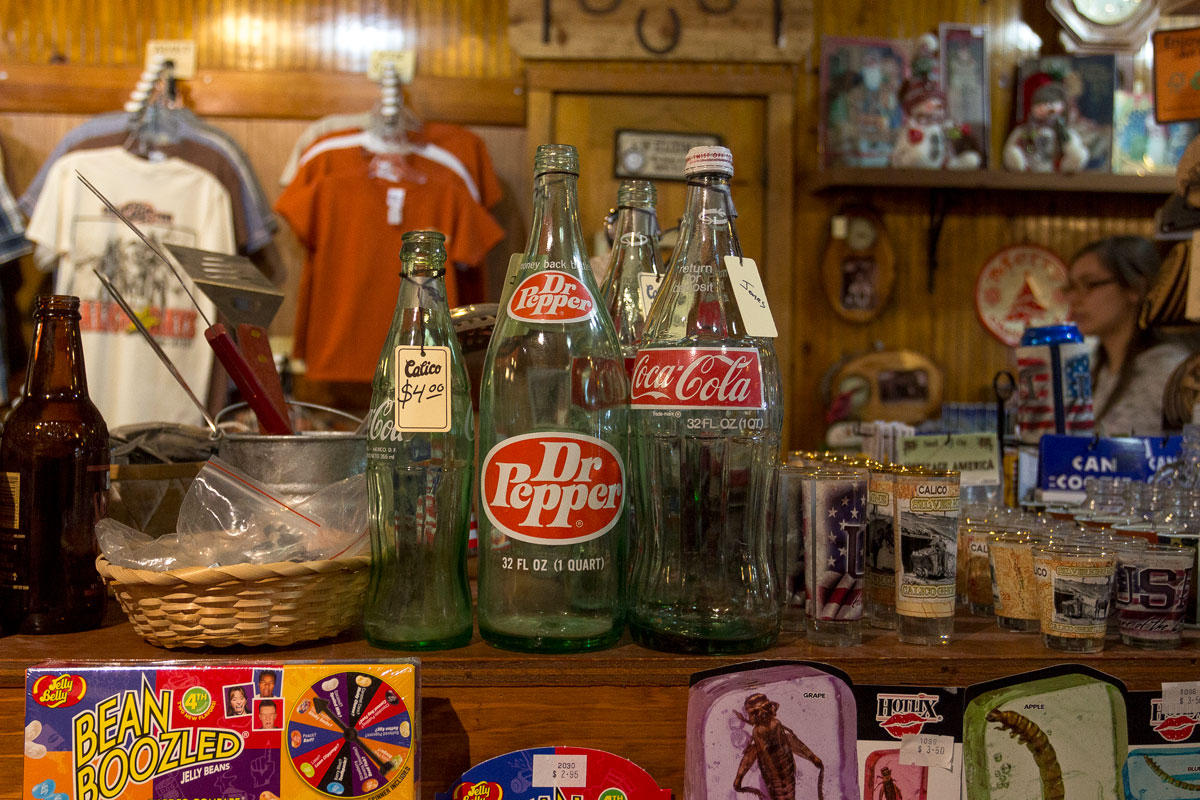
However, the candies are truly made from age-old recipes. As a result, they are incredibly sweet and peculiar, with an intense flavor reminiscent of some pungent Vietnamese ointment. Despite their taste, chewing on the sticky caramel still provides an exhilarating experience. Perhaps this is what cowboys used to eat, even if it may not be everyone’s cup of tea.
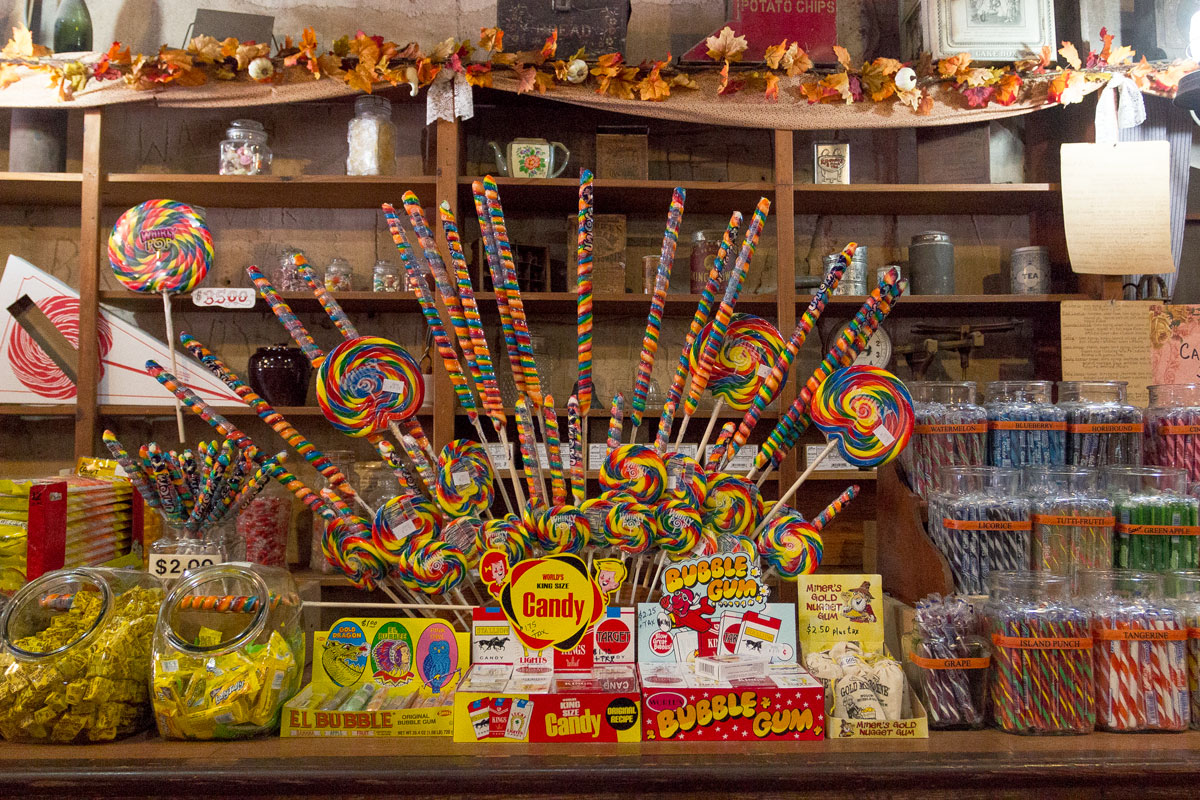
The “Old Miner” café.

The hotel.
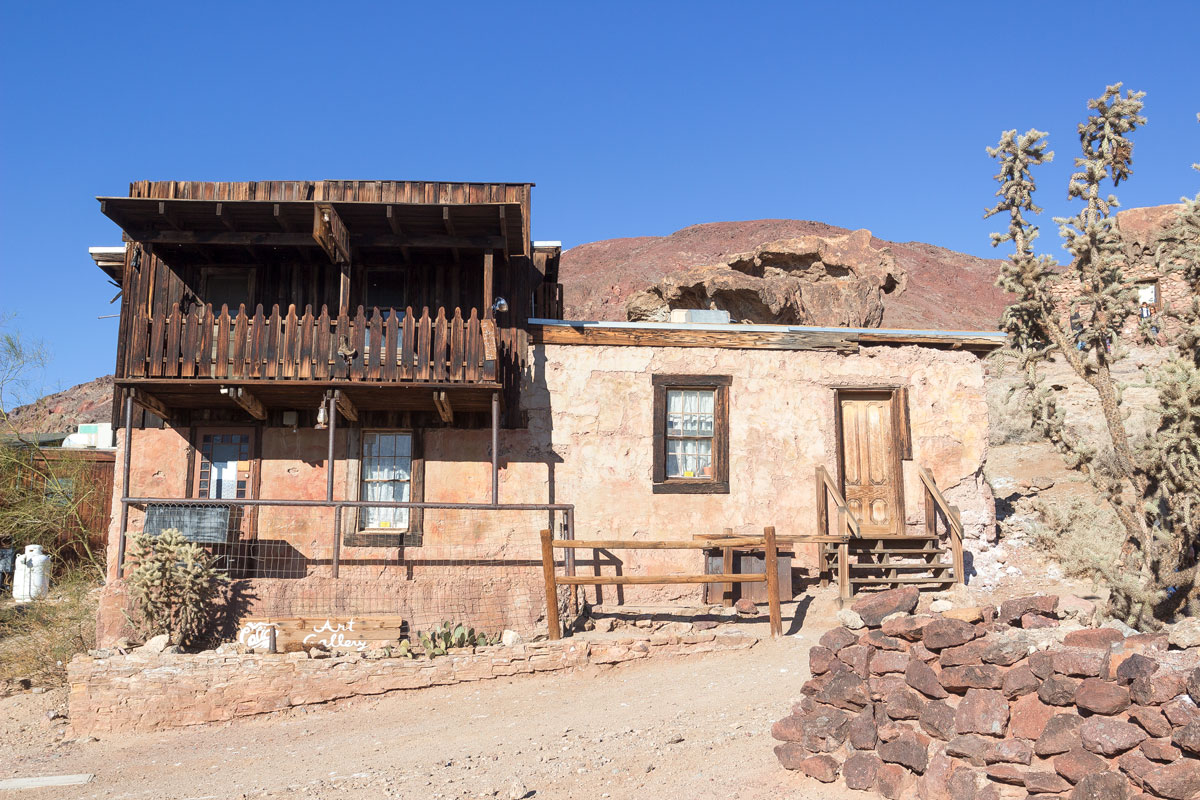
Some incomprehensible stuff from the mine.

The mining company, Maggie, is the main enterprise in the town.
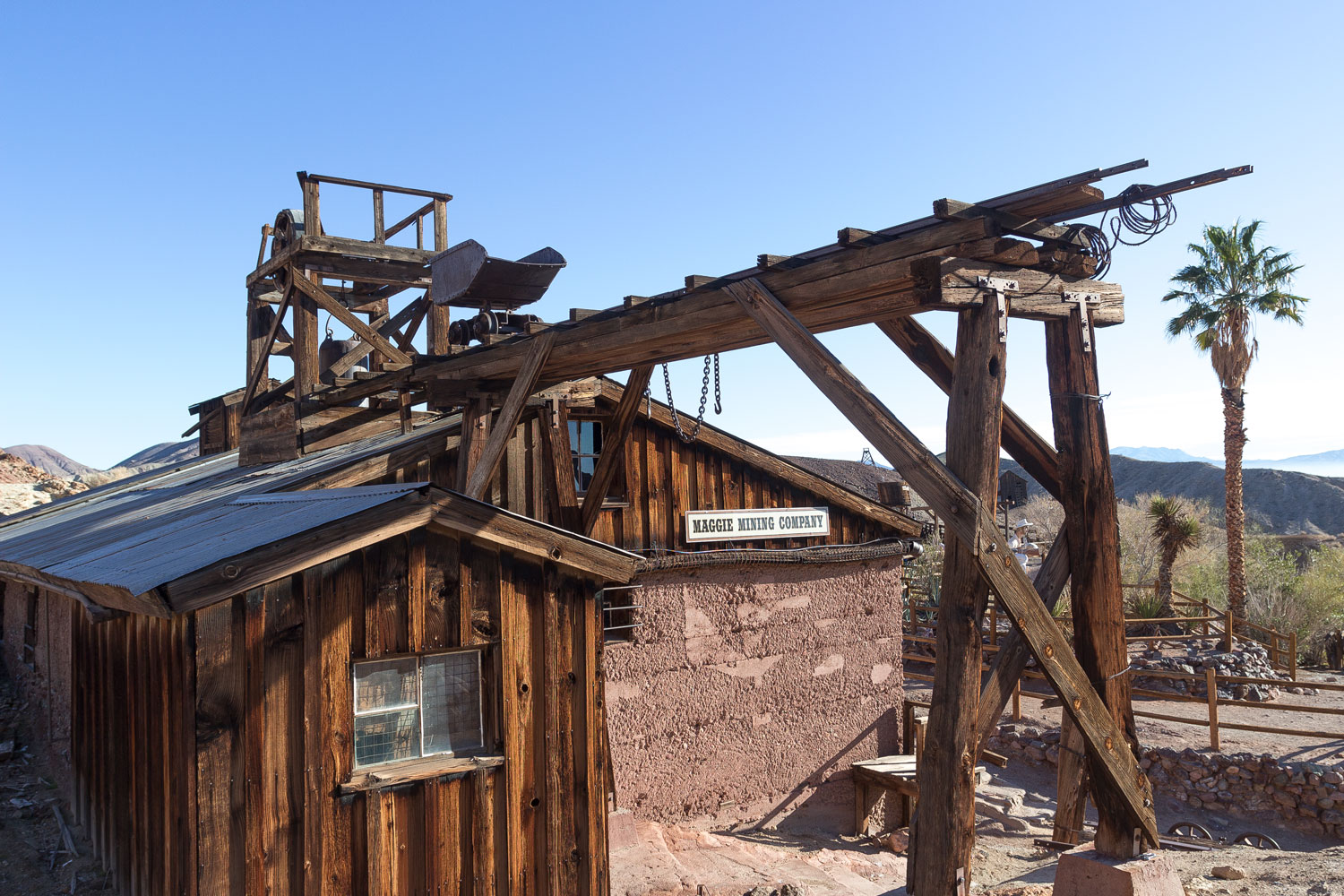
Calico has preserved its railroad, where ore-filled mine carts used to run. Perhaps, it is the most interesting feature in the town.
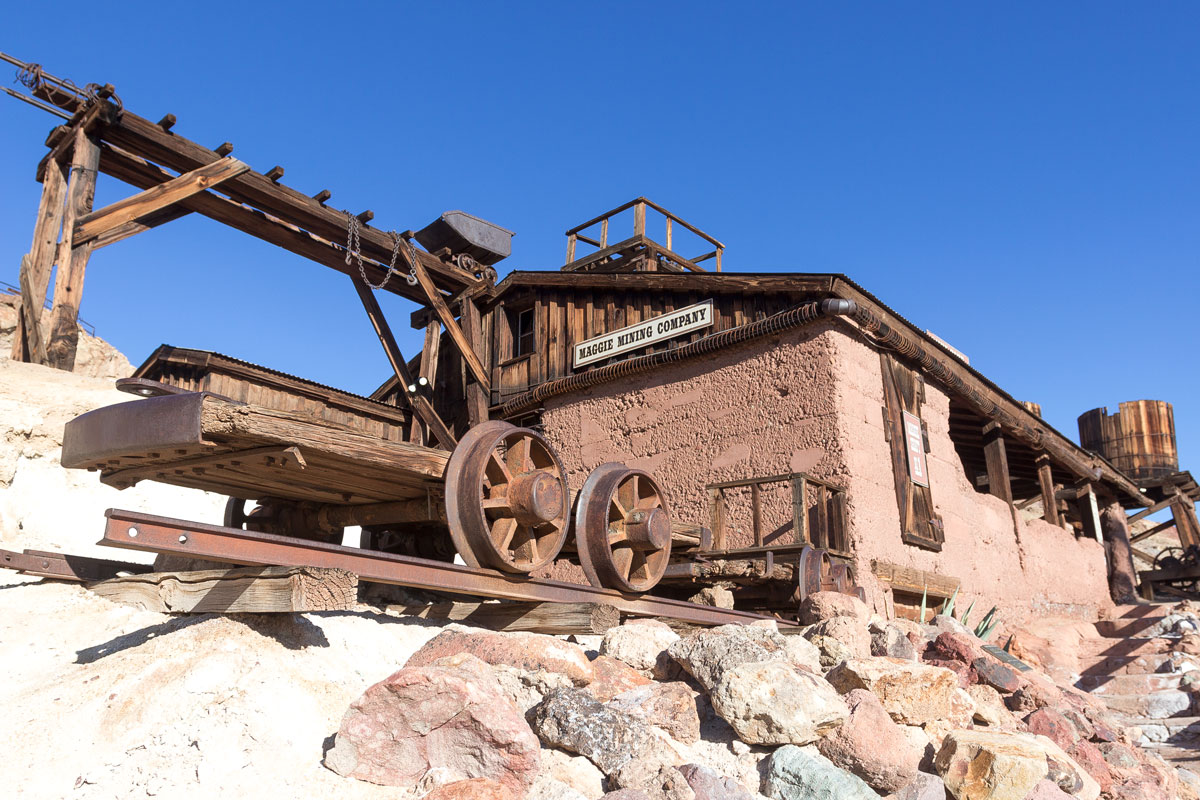
The railroad still operates and now carries tourists for rides.

Every half an hour, a train departs from the station and takes a short loop through the former silver mines.
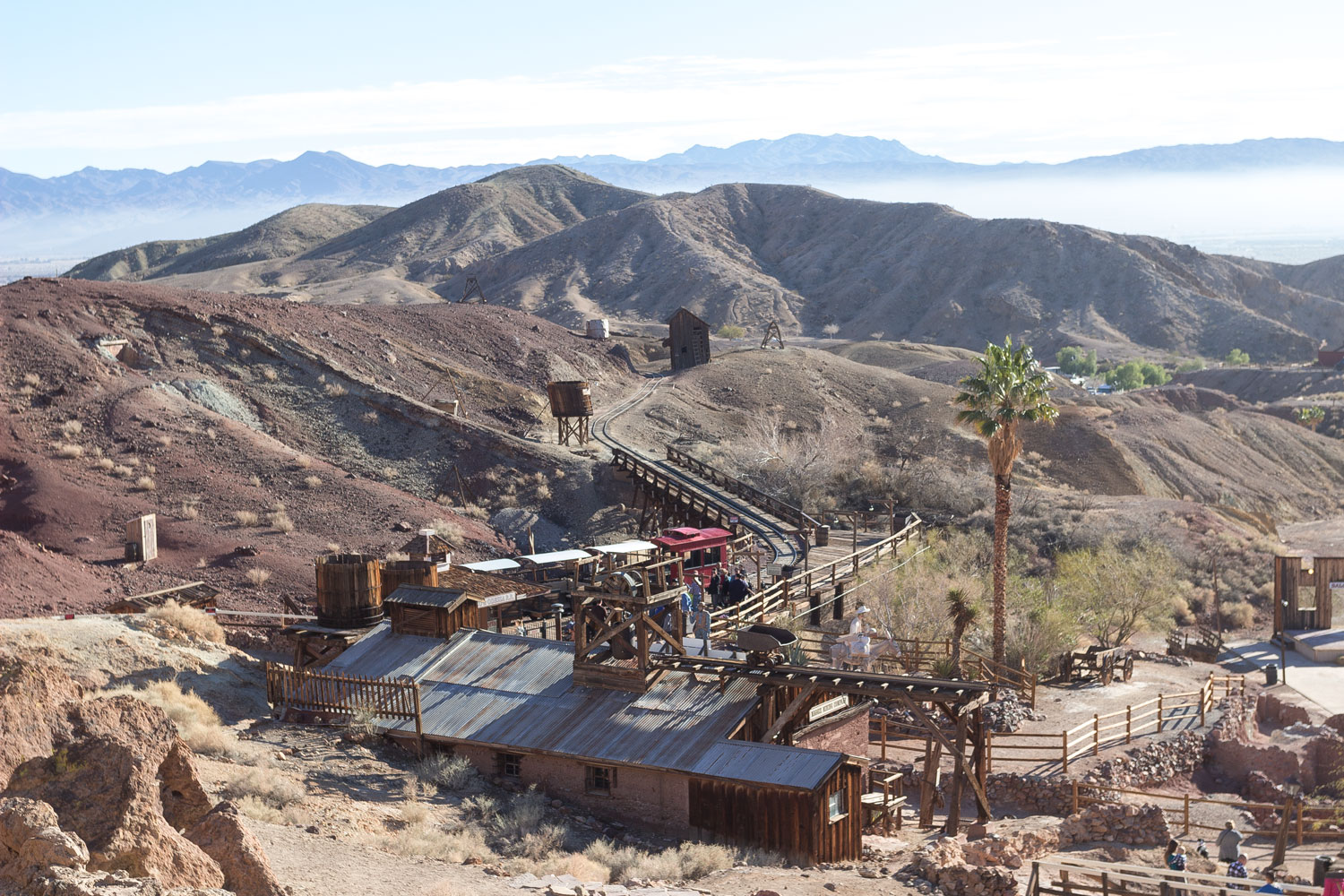
We also made our own small loop around California.


